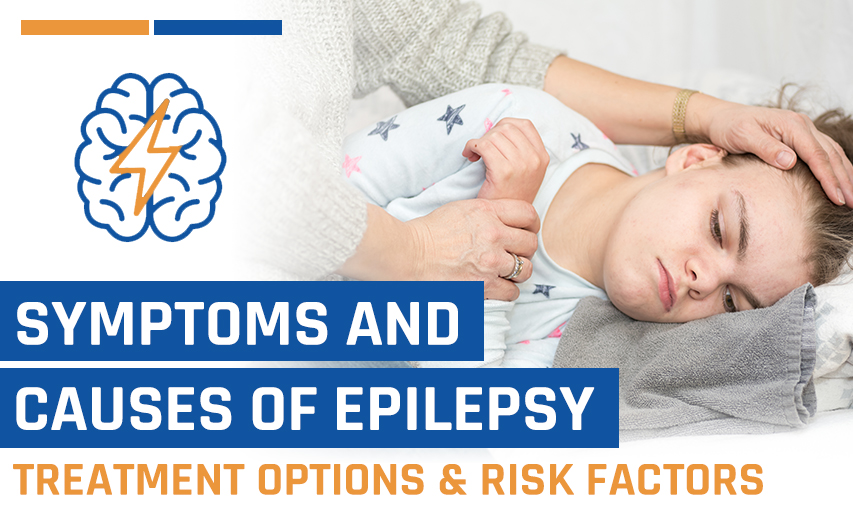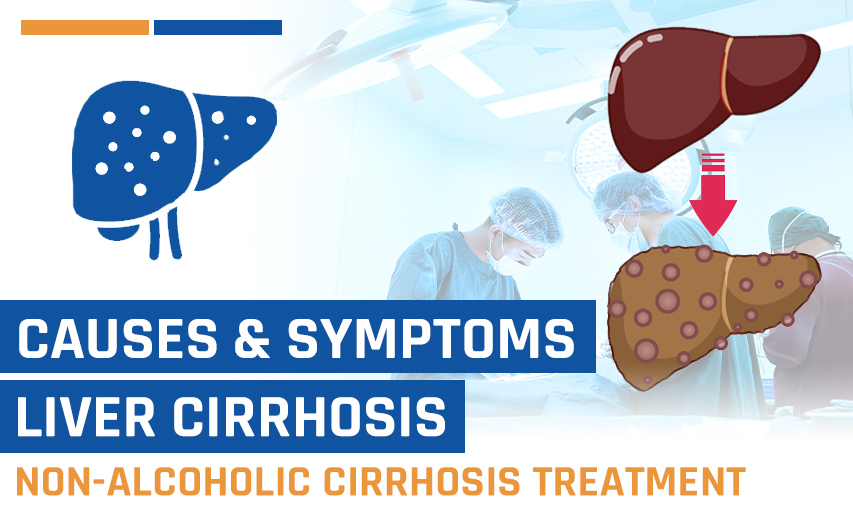Brain Cancer Prognosis: Survival Rates & Factors that Influence Them
When it comes to brain cancer, understanding the cancer prognosis is necessary for both patients and their families. A brain cancer prognosis refers to the expected outcome and survival chances for a patient following a diagnosis, and it can vary widely depending on several factors. These include the type of tumour, the patient’s age, and their overall health.
In recent years, there has been a noticeable increase in the number of patients from African countries travelling to India for advanced and cost-effective brain cancer treatments. In this blog, we’ll explore everything about the brain cancer prognosis, brain tumor survival rate by age, the factors that influence prognosis, and why more people are choosing to get brain cancer treatment in India.
What Are the Factors That Influence Brain Cancer Prognosis?
Various factors can influence the brain cancer prognosis, including the type and grade of the tumour, location, age of the individual, and overall health. Each of these variables can seriously affect survival rates for a patient:
■ Tumor Type and Grade
The brain cancer prognosis mainly depends on the brain cancer types and grade. For example, grade IV gliomas have a pathetic median survival of 15 months despite intensive and innovative treatments for patients. On the other end of the spectrum, low-grade tumours like grade I or II meningiomas are associated with a ten-year survival rate of around 70%.
■ Age and Overall Health
Brain cancer prognosis is influenced by several factors. One of the most important ones is age. Younger patients usually have a better prognosis. Reports indicate that the 5-year survival for those diagnosed with primary brain tumours under the age of 40 is about 70%. Older patients might thus have a somewhat less favourable prognosis.
What Are the Advancements in Brain Cancer Treatment?
Advancements in treatment methods for brain cancer have improved survival rates for some brain cancer types. One such example is the combination of surgery, radiotherapy, and chemotherapy, which has increased the median survival of cases with glioblastoma to about 15–18 months.
What Determines the Survival Rate for a Brain Cancer Patient?
Several key factors help in determining the brain tumor survival rate by age for a patient:
■ Extent of Surgical Resection
Surgical removal of the tumours tends to play a critical role in the patient's survival rates. Patients with complete resections have better outcomes than those with partial or inoperable tumours.
■ Genetic and Molecular Markers
Genetic mutations play a role in brain cancer prognosis. For instance, mutations in the IDH1 and IDH2 genes, for example, would be associated with improved outcomes in glioma patients.
■ Position in the Brain
The position of the tumour within the brain determines its prognosis. When tumours grow in important parts of the brain, like the stem or deep structures, they usually can't be removed and cause very bad neurological problems. Therefore, the prognosis in such instances is poor. Tumours located at sites that make them ultimately accessible, on the other hand, are much better candidates for resection and, hence, improved prognosis.
■ Performance Status
A patient's functional status, as judged mostly via the Karnofsky Performance Score (KPS), is related to brain cancer prognosis. A higher KPS score correlates with excellent function and is predictive of greater survival.
What are the Survival Rates for the Different Types of Malignant Brain Tumours?
Survival rates for malignant brain tumours can vary widely from one tumour group to another, from type to grade to treatment response. Here are some statistics for common malignant brain tumours:
■ Glioblastoma Multiforme (GBM)
Glioblastoma is the most aggressive primary brain tumour. Despite advancements in treatment, the median survival rate for GBM remains around 15 months post-diagnosis, even with surgery, radiation, and chemotherapy. Only 5%–10% of patients survive beyond five years.
■ Anaplastic Astrocytoma
Anaplastic astrocytomas are those that work vigorously and are highly graded tumours. The 5-year survival will depend on age, genetic markers, and the completeness of the resection, but it can generally be quoted at around 30%–40%.
■ Oligodendroglioma
Oligodendrogliomas have a better survival rate than glioblastomas. Patients with low-grade oligodendroglioma survive for a median of 10-15 years, while high-grade patients survive for a median of 3-5 years.
■ Ependymoma
Ependymomas are present in both children and adults with varying survival rates for different tumour grades. For low-grade ependymomas, the five-year survival is about 75%, and for high-grade, about 50%.
■ Medulloblastoma
Medulloblastomas are found predominantly among children, with aggressive cancer treatment including surgery, radiation, and chemotherapy assuring a 70%–80% five-year survival rate for children with medulloblastoma.
■ Primary CNS Lymphoma
Primary central nervous system lymphoma (PCNSL) is rare and aggressive. Chemotherapy and radiation have given it a five-year survival of about 30% to 50%, with age and immune status influencing those outcomes.
■ Pineoblastoma
Pineoblastomas are rare, highly aggressive tumours originating in the pineal gland. They have a poor prognosis, with five-year survival rates from 20% to 50%, depending on the efficacy of early treatment.
Why is India the Leading Country for Getting Brain Cancer Treatment?
India has emerged as the most favoured country for international patients, especially Africans seeking brain cancer treatment. Here are a few reasons for this:
■ Advanced Medical Facilities
Most Indian hospitals for brain cancer treatment are equipped with the latest technologies, and their doctors are specialists in the field of neuro-oncology. Max Healthcare, among others, has organised multi-speciality treatments for brain tumours, followed by international patients.
■ Cost-Effective Treatment
The cost of brain cancer treatment in India is considerably less than that in several Western countries. The brain cancer treatment cost in India ranges from $5,000 to $7,200, hence making it easy for a number of patients.
■ High Success Rates
Most of the Indian hospitals boast high success rates for brain cancer treatment, between 70 and 90 per cent. The success rates can vary for each patient depending on their age, health, and tumour progress.
Why Get Brain Cancer Treatment in India?
Various factors, like brain cancer types, the age of the patient, genetic markers, and treatment methodologies, determine the brain cancer prognosis. It is critical for the patient and the healthcare provider to determine the most appropriate treatment options. The trend of Russian patients travelling to India for brain cancer treatment is indicative of the international nature of healthcare and access to advanced medical care. Research and collaborative effort will always be needed for the advancement of healthcare and the improvement of prognosis for brain cancer from all corners of the world.




















Be First To Comment
Leave a Comment